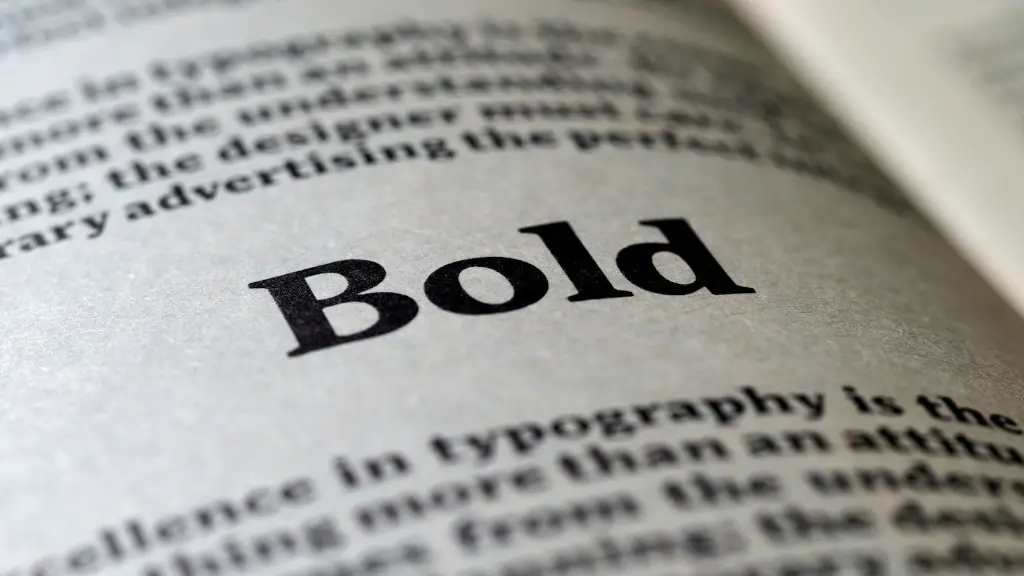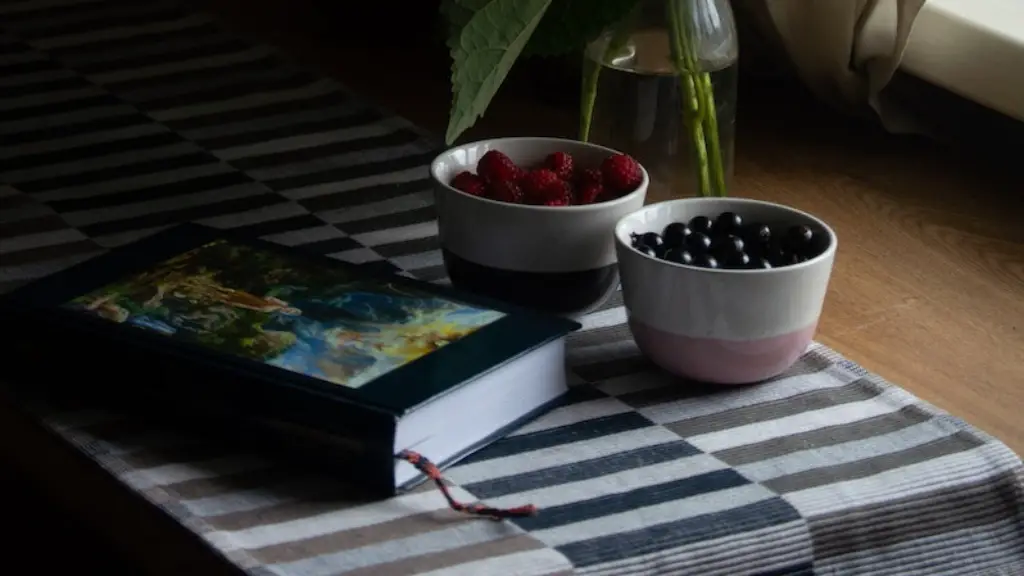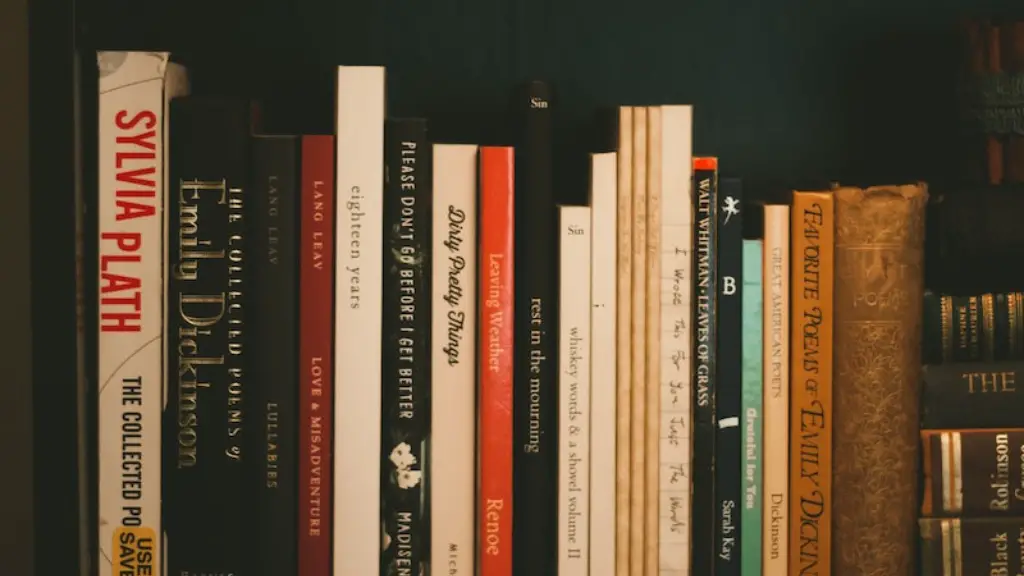Understanding the Basics of Poetry
Writing effective poetry can be an intimidating task, but with the right amount of knowledge and practice, anyone can become a great poet. To create poetry that will be remembered, there are a few basic foundations that must be understood.
A great poem starts with a topic. Poems can be about anything and it is important to pick something that is meaningful and inspiring. This might include a memory, experience, place, or emotion. The poem should connect with the reader on a personal level, as this encourages engagement.
After a topic is selected, the writer needs to decide on the type of poem they will write. There are numerous different types of poetry, including sonnets, ballads, haiku, and limericks. Each type has its own set of rules, such as a specific number of lines or syllables, that should be followed for the poem to be effective. In addition, the writer should consider the tone and voice of their writing. Tone can be humorous or sentimental, while voice is the perspective from which the poem is written.
Each inventive poem should have a rhyme scheme and a meter. Rhyme scheme is the pattern of rhyming words in a poem, whether it is rhyming every second line, or rhyming every third line. Meter is the pattern of stressed and unstressed syllables in a line of poetry. When used properly, rhyme and meter can help to make a poem flow more smoothly, as well as make it more memorable.
For a poem to be truly effective, it is important to avoid cliches and trite phrases. It is essential to use interesting and creative word choices, as well as correct grammar and spelling. Spend time reading more poems to enhance creativity and knowledge on the subject. It can also be helpful to look up words in the dictionary if one is ever stuck for ideas.
When poetry is created with all of the essential building blocks in mind, it has the potential to be great. Through this, a reader can be transported to an unknown world and be enthralled with the powerful words and thoughts of the author.
Getting Creative with Poetry
Creativity is one of the most important elements of poetry. A great poem should make a reader feel something, and this is achieved through vivid descriptions and unique imagery. Writers should take risks and be as descriptive as possible, as this engages readers and gives them an emotional connection with the piece.
Taking inspiration from the world around is also beneficial when it comes to writing effective poetry. Writers should observe their surroundings and draw feelings and relevance from their day to day lives. This can be anything from a significant memory to a passage in a book that resonates with the writer. It is important to experiment with new words and ideas, as this leads to expansive knowledge and understanding of writing and the world.
Vivid descriptive language should be used to create imagery, as this helps the reader to understand and experience the words. Strong verbs, adjectives and adverbs can all be used to help build a poem in a creative way. Alliteration is also beneficial when it comes to constructing a poem, as this adds a sense of rhythm and interest.
Audience is also a factor to consider when writing poetry. It is important to consider who the poem should be written for and what the readers might be interested or affected by. Writers can use this to decide where to focus their attention, as well as how to structure the piece for maximum effect.
It is important to remember that successful poetry does not have to be complicated. Often, simplicity is the key to success and can be more powerful than overly intricate writing. Focus on raw emotion, authentic experiences and any underlying messages that the writer wishes to convey.
Using Emotions to Enhance Poetry
Using emotion in writing can have a powerful effect on readers, as it creates empathy and an emotional connection with the words. Every experience and emotion can be interpreted in different ways, and it is important to use creative language and ideas to express these feelings in the poem.
Although emotions can be a difficult concept to understand and express, there are a few techniques that can help to make it easier. Writers should focus on detail when expressing emotions and make sure to include vivid descriptions as to how it feels. Writers should also take time to immerse themselves in the emotion, as this will make it easier to portray it accurately and precisely.
Using sensory language can also help to convey how the emotion feels. Every emotion can be interpreted through taste, touch, sight, smell, and sound. Exploring these concepts can help to build a vivid image in the reader’s mind and create a deeper understanding of the emotion.
In addition, it is important to consider the form of the poem when addressing emotion. Tone and voice should be kept consistent throughout the writing, as this will help to exemplify the message of the piece. Writers should also focus on the structure of the poem and ensure rhythm, flow, and progression.
Incorporating Ideas into Poetry
Incorporating ideas and concepts into poetry can be a challenging task, yet it can be an extremely rewarding experience when done correctly. Writers should focus on making the poem thought provoking and inspiring for the reader. Ideas should be relevant to the story and contribute to the overall message.
Take time to brainstorm possible ideas for the poem, as this can make the writing process easier. Research can also be beneficial when it comes to incorporating ideas, as this will ensure the poem is informative and interesting.
In addition, writers should not be afraid to make mistakes and explore new ideas while writing. Experimentation will help to make the poem creative and inspiring and keep readers engaged. If something does not work, it can always be changed or improved at a later date. Writers should also consider metaphors, similes and other types of figurative language, as these can help to add depth and perspective to a poem.
The use of allegory, or an extended metaphor, can also be beneficial when incorporating ideas into a poem. This can help to strengthen the concept and message, making the poem richer in both detail and emotion.
Using Poetic Devices to Build A Poem
Poetic devices and techniques can help to enhance the effects of the poem and make it memorable. These techniques can include alliteration, assonance, symbolism, apostrophe, segue, and many others.
Alliteration is a poetic device that consists of repeating the same sound or letter at the beginning of several words in a line. This helps to create a rhythm and flow as well as add emphasis to certain words. For example, ‘the crumbling city cowers in chaos’.
Assonance is similar to alliteration and involves the repetition of a vowel sound throughout the line. This can create a subtle, yet effective rhythm when applied to a poem. An example of this technique can be seen in the line, ‘the moon glows with a ghostly light’.
Symbolism is also valuable when it comes to writing great poetry. This can be anything from colours and numbers to animals and objects, as each of these can convey a powerful message. Symbolism should always be considered when writing poetry, as it allows the writer to add a deeper layer of meaning to the poem.
In addition, segue is an effective technique that can be used to move between topics and scenes in a poem. Segues help to add a natural transition between sections, making the poem more fluid and immersive. Finally, apostrophe should be used to address an imaginary entity or object, providing the poem with a unique perspective and voice.
Proofreading Poetry for Success
Proofreading is an essential part of the writing process, yet it is often forgotten or overlooked. Writers should read their work over again and make edits if necessary. This can include both language and structure, with the reader needs to be kept in mind throughout this process.
When it comes to language, it is important to check for grammar, spelling, and typos. Rich language should be used, including adjectives, adverbs, and vivid descriptions. In addition, the poem should be easy to follow and have a consistent voice throughout.
In terms of structure, the writer should focus on the progression of their poem. Each part should flow easily into the next and have a clear purpose. In some poems, it might help to consider using repetition or emphatic language to demonstrate a point. This can help to build the poem and add depth to the overall message.
Making sure there are no lifeless sentences is also essential when it comes to effective writing. Clichés, colloquialisms and empty phrases should be avoided as these can often minimize the effect of the poem. Conversational language is preferred, as this makes the poem easier to follow and understand.
Overall, it is important to take time when proofreading a poem. Editing is the key to success and the writer should be confident with their work before publishing it. In the end, all of these proofreading methods will help to make the poem both effective and engaging for the reader.





